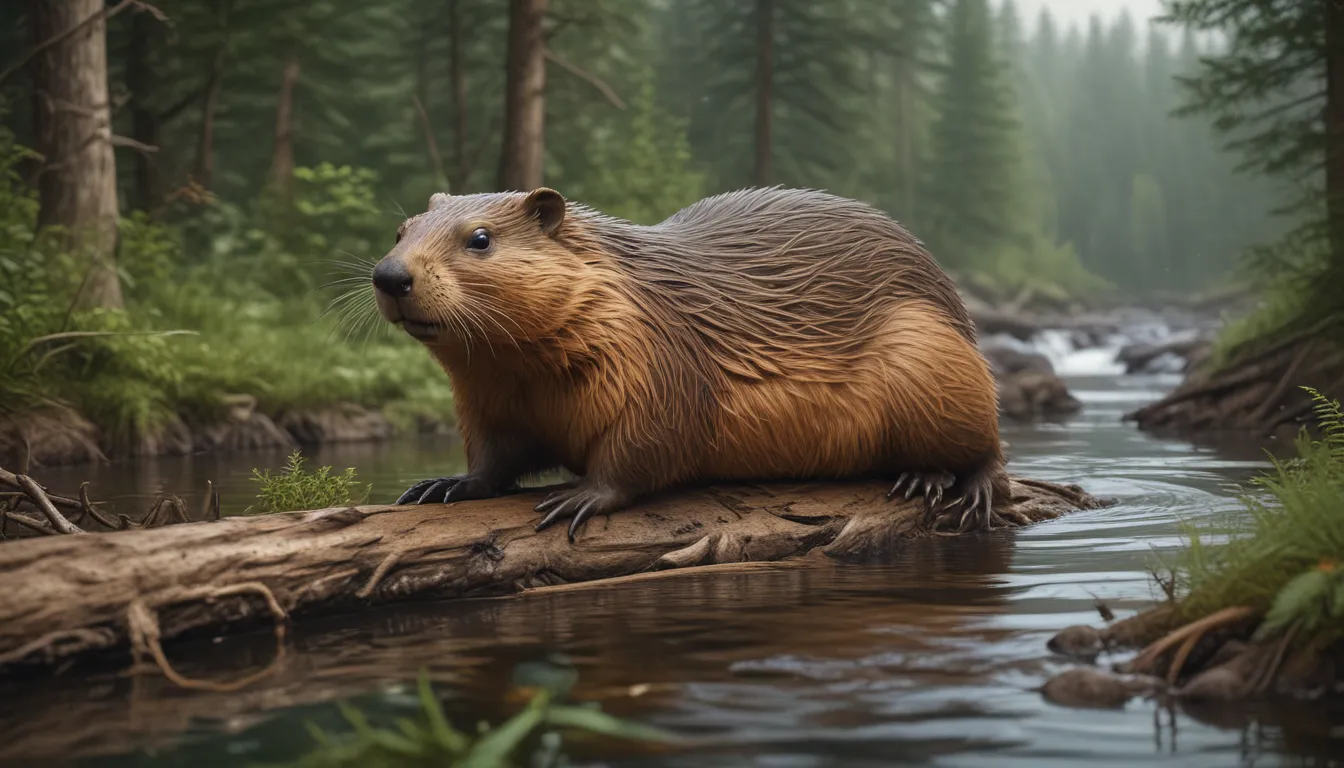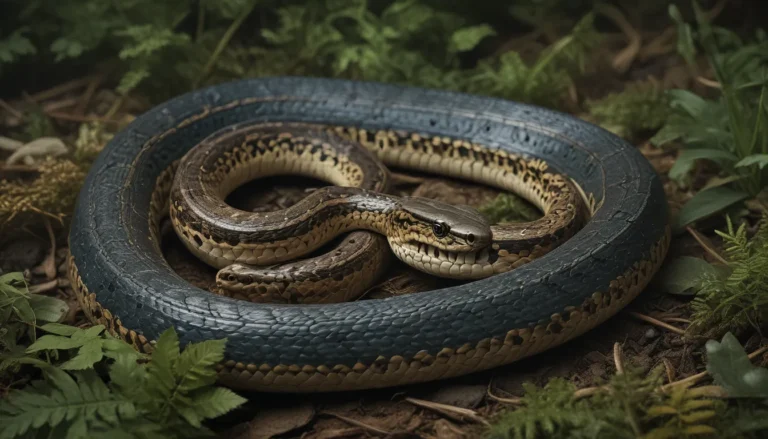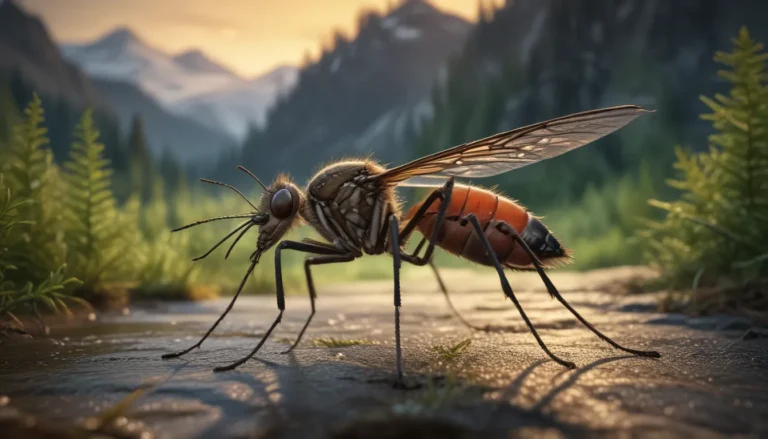The pictures we use in our articles might not show exactly what the words say. We choose these pictures to make you interested in reading more. The pictures work together with the words but don’t take their place. The words still tell you the important facts.
Welcome to the world of beavers, nature's incredible engineers, and keystone species that play a crucial role in shaping their environment. These remarkable semiaquatic rodents have captured the hearts of many with their hard work and dedication to creating wetlands that benefit numerous organisms. If you're curious to learn more about these friendly tree chompers, read on for a detailed exploration of beaver facts that will surely leave you in awe.
Understanding Beavers: The Basics
Beavers are native to the temperate habitats of the Northern Hemisphere and are known for their stout bodies, large heads, and herbivorous diet consisting of tree bark, grasses, aquatic plants, and sedges. Belonging to the genus Castor, these creatures are powerful swimmers that build their own dams out of trees and branches, creating tranquil ponds that serve as their homes.
- Semiaquatic Rodents: Beavers are characterized as semiaquatic rodents with a unique set of features that make them well-adapted to their watery environment.
- Extant Species: The North American beaver and Eurasian beaver are the two existing species, with the former being the second-largest living rodents globally, after capybaras.
- Physical Characteristics: Beavers have brown or gray fur, hand-like front feet, webbed back feet, chisel-like incisors, and distinctive flat, scaly tails.
- Habitat and Lifespan: Typically found near freshwater habitats, beavers can live up to 15 years in the wild and up to 20 years in captivity, with their tails measuring 25 to 50 cm.
The Life of a Beaver: Social Behavior and Habitat
Beavers are renowned for their social nature, living in monogamous pairs with a strong family structure. They are highly territorial creatures and fiercely defend their ponds from unrelated beavers. While physical fights may occur among beavers, these animals are known for their intelligence and ability to create intricate dams that provide shelter and nesting sites for various species.
- Nocturnal Lifestyle: Beavers are active at night, spending around 12 hours building and maintaining their territory while relying on their keen sense of smell and hearing.
- Dietary Habits: Beavers are hardcore chewers with remarkable teeth that can cut through trees with ease, thanks to their iron-rich enamel protecting against decay.
- Tail Functions: The beaver's tail serves various purposes, from fat storage to acting as a rudder while swimming and warning signal when sensing danger.
Incredibly Unique Beaver Facts
As we delve deeper into the world of beavers, let's uncover some fascinating and lesser-known facts that showcase the complexity and wonders of these incredible creatures.
- Beaver Symbolism: Beavers hold great significance in Canadian culture, serving as the country's national symbol due to their role in the fur trade.
- Survival Skills: Beavers can stay underwater for up to 15 minutes, showcasing their remarkable swimming abilities and transparent eyelids that act as goggles.
- Historical Significance: Giant beavers from the Ice Age, known as Castoroides, were massive creatures weighing up to 125 kg.
- Beaver Day Celebration: International Beavers Day is celebrated on April 7th to raise awareness about the ecological importance of these remarkable animals.
- Environmental Impact: Beavers are considered geniuses for their ability to engineer their surroundings, creating wetlands that benefit a myriad of species.
The Impact of Beavers on the Ecosystem
Beavers play a pivotal role in shaping the environment around them, exerting a positive influence that extends far beyond their habitats. Through the creation of dams and wetlands, beavers contribute to flood prevention, erosion control, and water purification, showcasing their vital role as keystone species.
- Keystone Species: Beavers are essential for the health of the ecosystem, as their dams create wetlands that serve as vital habitats for numerous species.
- Largest Beaver Dam: The largest beaver dam, located in Canada's Wood Buffalo National Park, is visible from space, highlighting the impressive engineering skills of these creatures.
- Man-Made Threats: Despite their significance, beavers face threats from human activities such as deforestation and pollution, leading to habitat loss and endangerment.
The Story of Beavers: Guardians of Nature
As we conclude our journey into the world of beavers, let's reflect on the remarkable role these creatures play as guardians of nature. From their tireless efforts to shape the landscape to their profound impact on the ecosystem, beavers stand as a testament to the power of biodiversity and the remarkable resilience of nature.
- Winter Survival: Beavers do not hibernate and must prepare for the harsh winter months by storing food and fortifying their dams, showcasing their resilience and resourcefulness.
- Ecological Importance: Celebrated for their ecological significance, beavers are celebrated on International Beavers Day as a symbol of environmental stewardship and conservation.
In closing, the story of beavers stands as a testament to the intricate web of life that binds us all together, highlighting the importance of honoring and preserving the wonders of the natural world. As we continue to learn from these remarkable creatures, may we be inspired to cherish and protect the invaluable role they play in shaping our planet's future.






